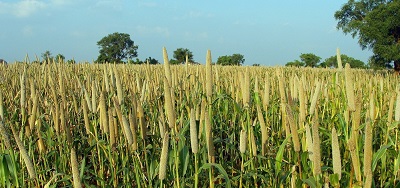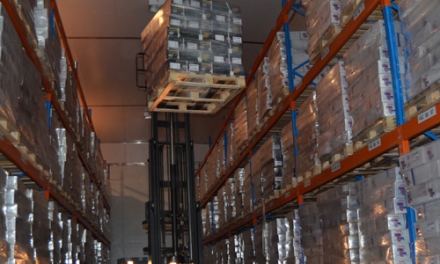
FAO Food Price Index dips in January driven by lower cereal and meat prices

The Food and Agriculture Organization of the United Nations (FAO) reported a slight decrease in the benchmark for world food commodity prices in January.
This dip was primarily led by decreases in cereal and meat prices, more than offsetting an increase in sugar prices, according to a statement this week from the agency.
The FAO Food Price Index, which monitors monthly changes in the international prices of globally-traded food commodities, averaged 118 points in January. This reflects a 1% decrease from December and a substantial 10.4% drop from the corresponding value a year ago.
The FAO Cereal Price Index saw a decline of 2.2% from the previous month. Global wheat export prices fell in January due to intense competition among exporters and the influx of recently harvested supplies in southern hemisphere countries. Similarly, maize prices sharply dropped, reflecting improved crop conditions and the commencement of harvest in Argentina, along with larger supplies in the United States. In contrast, rice prices rose by 1.2% in January, driven by strong export demand for Thai and Pakistani higher quality Indica rice and additional purchases by Indonesia.
The FAO Vegetable Oil Price Index saw a marginal increase of 0.1% from December, remaining 12.8% lower than a year earlier. This minor increase was driven by moderate upticks in international palm and sunflower seed oil prices, offsetting declines in soy and rapeseed oils. Palm oil prices were influenced by seasonally lower production in major producing countries and concerns over adverse weather conditions in Malaysia. Meanwhile, sunflower seed oil prices slightly rose due to increased import demand. On the other hand, international soy and rapeseed oil prices declined due to expectations of ample supplies from South America and sustained availability in Europe.
The FAO Dairy Price Index remained virtually unchanged from its revised December value, standing 17.8 percent below its value a year ago. In January, international price quotations for butter and whole milk powder increased due to higher demand from Asian buyers, nearly offsetting declines in skim milk powder and cheese.
The FAO Meat Price Index marked its seventh consecutive monthly decline by 1.4% from December, driven by abundant supplies from leading exporting countries that led to lower international prices for poultry, bovine, and pig meats. However, international ovine meat prices increased due to high global import demand and lower supplies of animals for slaughter in Oceania.
The FAO Sugar Price Index in January increased by 0.8% from the previous month, driven by concerns over the likely impact of below-average rains in Brazil on sugarcane crops to be harvested from April, coupled with unfavorable production prospects in Thailand and India.
Additionally, the Cereal Supply and Demand Brief released today forecasted that world cereal production in 2023 is on track to hit an all-time record high of 2,836 million tonnes – up 1.2% from 2022. Global coarse grain output is now pegged at an all-time high of 1,523 million tonnes, with an increase driven by new official data from various countries. World cereal utilization in 2023/24 is forecasted to surpass the 2022/23 level by 1.2%, led by greater-than-anticipated feed use. Consequently, the global cereal stocks-to-use ratio is forecasted at a comfortable level of 31.1%, exceeding the 2022/23 level of 30.9%. Global trade in cereals in 2023/34 is now forecasted to reach 480 million tonnes, up by 0.8% from the preceding year, primarily driven by larger traded volumes foreseen for coarse grains, while world trade in wheat and rice could contract.











































